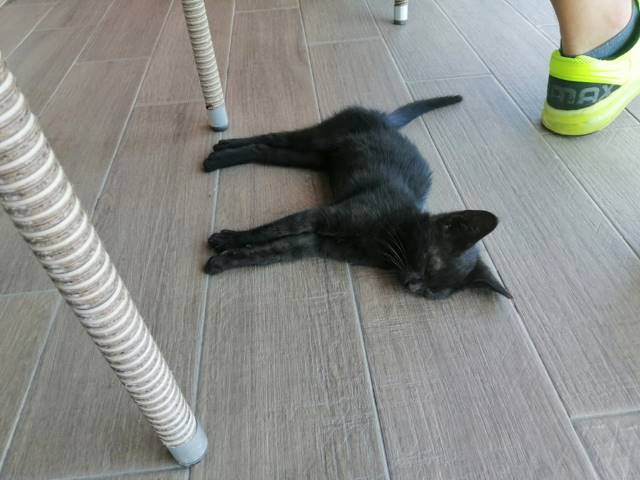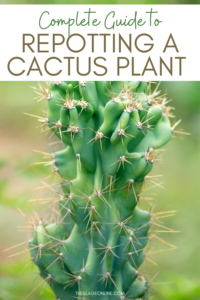When it comes to indoor gardening, the Kalanchoe plant stands out with its attractive foliage and vibrant blooms. However, pet owners often express concerns regarding the safety of these plants around their beloved cats. The question that arises is: Is the Kalanchoe plant poisonous to cats? This article aims to elucidate the toxicity concerns surrounding Kalanchoe, while providing critical insights for pet owners.
Understanding the Kalanchoe Plant’s Composition
The Kalanchoe genus comprises multiple species, primarily succulents, some of which exhibit stunning flowers that can add a pop of color to any indoor environment. Most notably, Kalanchoe blossfeldiana is a popular ornamental variety. However, the allure of this houseplant must be weighed against its potential toxicity. Several Kalanchoe species contain compounds such as bufadienolides, which can be harmful to both cats and dogs. These compounds may affect the heart and gastrointestinal system, leading to a cascade of adverse reactions when ingested.
Identifying Symptoms of Kalanchoe Poisoning in Cats
Being aware of the symptoms associated with Kalanchoe poisoning is imperative for every cat owner. Cats that consume any part of the Kalanchoe plant may exhibit a range of symptoms that can vary in severity. Common symptoms include:
- Vomiting
- Diarrhea
- Loss of appetite
- Lethargy or excessive tiredness
- Heart complications
More severe cases may lead to cardiac disturbances, necessitating immediate veterinary attention. In some instances, cats may experience tremors or other neurological symptoms. It is crucial to act swiftly should you suspect your feline friend has ingested any part of this plant.
Ensuring Safety in Your Home: Best Practices for Pet Owners
To safeguard your cat from potential harm, consider these practical measures when incorporating Kalanchoe into your home decor:
- Placement: Position Kalanchoe plants in areas that are completely inaccessible to your cat. Suspended planters, hanging baskets, or high shelves can be effective solutions.
- Alternative Choices: If you adore the aesthetic of Kalanchoe but want a pet-safe option, explore non-toxic houseplants. Varieties like spider plants or Boston ferns can provide the greenery you desire without the associated risks.
- Education: Familiarize yourself with common plants that are toxic to pets. By expanding your knowledge, you can better navigate the world of indoor gardening and ensure a safe environment for your furry companions.
First Aid Measures for Cat Poisoning Incidents
In the unfortunate event that your cat does consume part of a Kalanchoe plant, remaining calm and taking prompt action is essential. Here are steps to follow:
- Assess the Situation: Identify how much of the plant your cat may have eaten, and observe any immediate symptoms.
- Contact a Veterinarian: Reach out to your veterinarian or an emergency pet poison hotline with information about the plant and observed symptoms. They can provide guidance specific to your cat’s situation.
- Do Not Induce Vomiting Without Professional Direction: While vomiting may seem like an intuitive response, it is crucial to consult a professional first, as it may not be advisable in some cases.
Preventing Exposure to Kalanchoe: Establishing Boundaries
To further minimize the risk of accidental ingestion, consider implementing strategies that foster a pet-friendly environment:
- Training: Gentle training methods can help discourage cats from approaching or chewing on plants. Use distraction techniques or provide enticing alternatives like cat grass.
- Regular Inspections: Regularly check your home for any plants that your pet may reach. Early detection and removal of toxic plants can prevent incidents.
- Safe Gardening Practices: If you tend to your Kalanchoe outdoors, ensure that your cat is supervised when in the vicinity of gardening activities, particularly in areas where Kalanchoe or similar plants are present.
Conclusion: Understanding the Risks of Kalanchoe
The Kalanchoe plant, while beautiful and easy to care for, poses a risk to cats due to its toxic components. Pet owners must remain vigilant about the placement of such plants and be informed about the symptoms of poisoning. By adopting preventive measures, educating oneself, and knowing how to respond in case of accidental ingestion, you can harmonize your passion for indoor gardening with the safety of your feline companions. In the quest for a lush and vibrant living space, the health and well-being of your pets should always take precedence.





Leave a Comment